My Bloody Valentine Loveless 30 years on: The gear and how to glide
How to get those Loveless tones
It took over two years for My Bloody Valentine to make their second studio album, Loveless. They used 17 producers between 1989 and 1991 to get it finished! But the body of work is so strong that it sounds just as fresh today, as it did 30 years ago on its day of release.
My Bloody Valentine Loveless
Loveless was the start of a new direction for guitar-based alt-rock band My Bloody Valentine. I remember going to buy the album on the day of release and putting the record on my turntable. The waves of guitar took the listener on a dreamlike journey of alpha-wave inducing pulsations. And, for me, it is an album that works very well at both low volume and ear-splittingly loud extremes. Both listening experiences offer different takes on the record.
Reverse-Offset-Distortion
Kevin Shields and Bilinda Butcher both laid down textural guitars, which pulsated in and out of focus with the use of reverse reverbs, fuzz/distortion tones, and liberal use of the Jazzmaster/Jaguar tremolo whilst strumming. Using these core elements could, in the wrong hands, create an unholy mess. But thankfully, Kevin Shields was a perfectionist, and his unwavering authority made My Bloody Valentine’s second studio album a masterpiece in control.
The Gear
We haven’t got 17 producers and two-plus years to experiment in studios with, but we do know what gear to use to get you into the ballpark. I’m going to list some of the effects pedals and studio rack gear used to create the tones on Loveless, so you can experiment and mimic those guitar lines. But first, let us start with the guitars.
Gliding
Fender Jazzmasters and Jaguars, with raised extended tremolo arms, were locked in a high position, allowing greater control over pitch bends, and allowing the player to hold the arm in the palm of their hand as they strum. This gives the guitar lines a natural vibrato and gives even the most simplistic chord pattern movement. It gives you that My Bloody Valentine glide guitar which many associate heavily with Loveless.
Check out my Best Offset Guitars 2021 list here for some ideas of what to look for.
Various guitar tunings were used. An example would be To Here Knows When, which is on E-B-E-E-B-E with the capo on the third fret. I think the most important aspect of the core guitar tone though, is probably the vibrato/tremolo effect created by the use of the Jazzmaster extended trem setup.
Bilinda Butcher was also seen playing a modded Ibanez Jazzmaster copy and Fender Mustangs.
Example MBV Tunings
Blown a Wish – F# C# F# B B G#
To Here Knows When – E B E E B E (446 Hz)
Amplifiers
The multiple layered guitar takes on the album were recorded with different amp and mic set-ups. As they moved studios and changed engineers frequently, Kevin had access to everything from Vox AC30s and Hiwatt heads to Fender Dual Showmans and Marshall JCM800s. We also know he used an ADA-MP1 preamp.
Stompboxes
They used a Jim Dunlop fuzz pedal and a Digitech Whammy for the piercing shrieks, along with the Roger Mayer Active Fuzz and Octave Fuzz. We know Belinda Butcher also favoured a Boss HM-2 for her dirt tones at the time whilst playing live, but not sure if it made it onto the album itself. You can check out my favourite fuzz pedals article here for some ideas on what you could try.
Amongst the pedals used by Kevin Shields, the Marshall Shredmaster, Boss GE-7 Graphic Equaliser x 2, Boss PN-2 Tremolo x2, Digitech Whammy, Digitech 8 Second Sampler, Dunlop Rotovibe, and an ADA MP1 preamp with a Yamaha SPX90 with MIDI foot controller into twin Marshall JCM 800 amp stacks, appears to be his main or live set up around 1991.
Although, I have also seen him use a Pro-Co Turbo Rat, Marshall Guv’nor, Digitech PDS-8000, Boss EH-2 enhancer, Boss PQ-4, Boss T-Wah, and a Lexicon Jamman. Kevin Shields is known for being a pedal addict and probably owns hundreds of them.
Reverse Reverbs
The main studio reverse reverbs were provided by the Yamaha SPX90 and Alesis Midiverb II. These two ’90s rack effects are the most commonly sighted reverb effects used, with the SPX90 being the main culprit throughout the recordings.
Suggested settings for the Yamaha SPX90
Type: Reverse Gate, Room Size: 20.0, Liveness: 6 or 7, Delay: 75.0ms, LPF: THRU or, Type: Reverse Gate, Room Size: 20.0, Liveness: 10, Delay: 0.01, LPF: THRU
You can also head to Patch 43 on the Alesis Midiverb II.
Sampling
Examples of sampling occur on To Here Knows When. Shields would record guitar feedback from his Jazzmaster to a DAT tape and then sample the guitar feedback through an Akai S1000, which they could then trigger from a keyboard to create melodies.
Mix it all up
On trying to achieve some of the Loveless tones, here is an example of Kevin Shields’ workflow. On the track To Here Knows When, which is on E-B-E-E-B-E with the capo on the third fret, Shields played a Fender Jazzmaster directly into a Yamaha SPX90, probably into a Vox AC30. Then this recorded track was played back through possibly a Marshall JCM 800, to give it the crunch, and recorded once more. Thus giving him multiple guitar tracks to play with and layer.
Then, just like classic Phil Spector tracks, the whole thing is recorded in mono, as this allows for the various tracks to meld into each other and creates a dense wooly mix.
Bass
A headless Steinberger bass was used, as it had a nice warm low-end that cuts through the album’s dense, multi-layered tracks, often via a Vox Tone Bender. This was run into a vintage Ampeg SVT amp with a Neumann U87 mic positioned approximately three inches away from the amp. There is also mention of a rented Warwick bass being used on the tracks.
The band’s bassist Debbie Googe never played a note on the album. Instead, Kevin Shields laid down all the bass lines for Loveless.
Drums
During the recording of the album, drummer Colm Ó Cíosóig was recovering from illness, so Shields employed the sampling technique once more. He recorded hundreds of individual drum hits, along with beats, and drum fills performed by Ó Cíosóig. He then began to meticulously cut them up and would create the drum tracks for nine of the eleven tracks on Loveless.
Vocals
They used a blanketed sound booth to eliminate any reflections and ran a Neumann U87 through a UREI 1176 compressor. This helped achieve those famous breathy vocals and the compression allowed them to add some top-end finesse to the vocal lines. Apparently, they recorded Belinda’s vocals in the early hours of the morning for a more subdued effect.
So how can I achieve this sound?
The answer to this question is not a simple one. However, I would obviously say experiment. Kevin Shields’ vision for Loveless was unwavering. He literally spent years experimenting and trying out new things for this My Bloody Valentine album.
I would certainly suggest an offset guitar of some description, as that Jazzmaster trem system is integral for the glide guitar style which you hear all over Loveless.
Also some good fuzz/distortion pedals, like the new JHS RatPack or perhaps the new Boss HM-2W. Bands like My Bloody Valentine and Dinosaur Jr are the reason why I collect stompboxes. And you can never have too many dirt pedals!
Layer, layer, layer, and layer some more. You can record multiple guitar tracks easily within any modern DAW, so you have no excuse to not try out this technique. Plus, you can use software like IK Multimedia’s AmpliTube 5 and Native Instrument’s Guitar Rig 5 to try out various amp tones, without the hassle of using multiple recording studios and sound engineers to achieve your wall of sound.
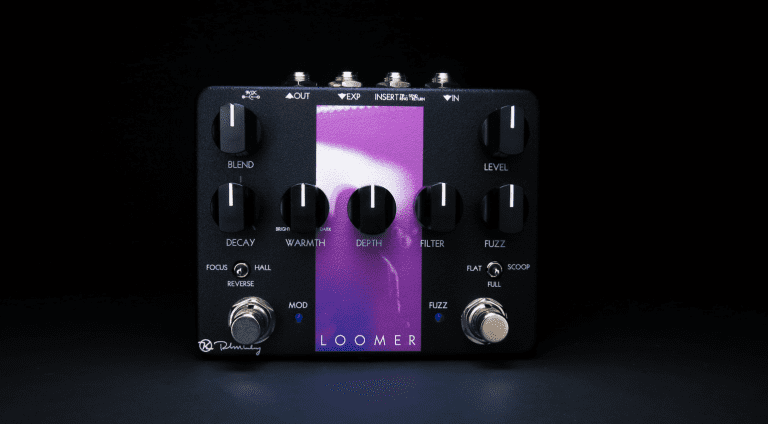
Keeley Loomer pedal, an attempt to get that infamous Shoegaze tone in one box. · Source: https://robertkeeley.com/products/loomer
Keeley Loomer
An obvious all-in-one solution is the Keeley Loomer pedal, designed by Robert Keeley to achieve the sounds of Loveless in a single box. I do own one, and it is very good at what it does while also being ultra-compact and roadworthy. It is a lot easier to lug around than a ’90s Yamaha SPX90 and a load of fuzz pedals. And probably more reliable as well. He also makes the Realizer Reverberator that has just the reverse reverb engine, without the fuzz section of the Loomer.
Another one to check out is the EHX Cathedral Stereo Reverb in reverse mode, I have put a nice demo video below of that one for you to check out. You can also check out the EarthQuaker Devices Aqueduct pedal vibrato pedal, which has 8 settings, with one supposedly based on the My Bloody Valentine signature glide guitar effect, for you to get the tones on Loveless.
More Information on My Bloody Valentine
Video
https://www.youtube.com/watch?v=9E0JzcLRB8A
https://www.youtube.com/watch?v=WUWE4Iug0SY
You are currently viewing a placeholder content from YouTube. To access the actual content, click the button below. Please note that doing so will share data with third-party providers.
You are currently viewing a placeholder content from YouTube. To access the actual content, click the button below. Please note that doing so will share data with third-party providers.
You are currently viewing a placeholder content from YouTube. To access the actual content, click the button below. Please note that doing so will share data with third-party providers.
You are currently viewing a placeholder content from YouTube. To access the actual content, click the button below. Please note that doing so will share data with third-party providers.
You are currently viewing a placeholder content from YouTube. To access the actual content, click the button below. Please note that doing so will share data with third-party providers.
You are currently viewing a placeholder content from YouTube. To access the actual content, click the button below. Please note that doing so will share data with third-party providers.
This post contains affiliate links and/or widgets. When you buy a product via our affiliate partner, we receive a small commission that helps support what we do. Don’t worry, you pay the same price. Thanks for your support!
2 responses to “My Bloody Valentine Loveless 30 years on: The gear and how to glide”

 4,9 / 5,0 |
4,9 / 5,0 | 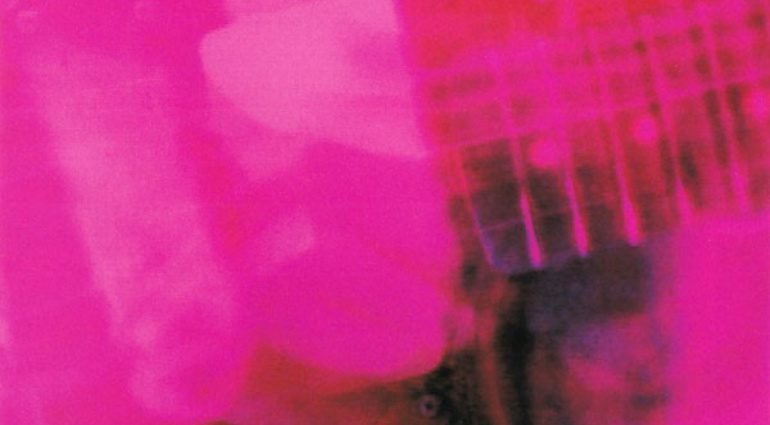


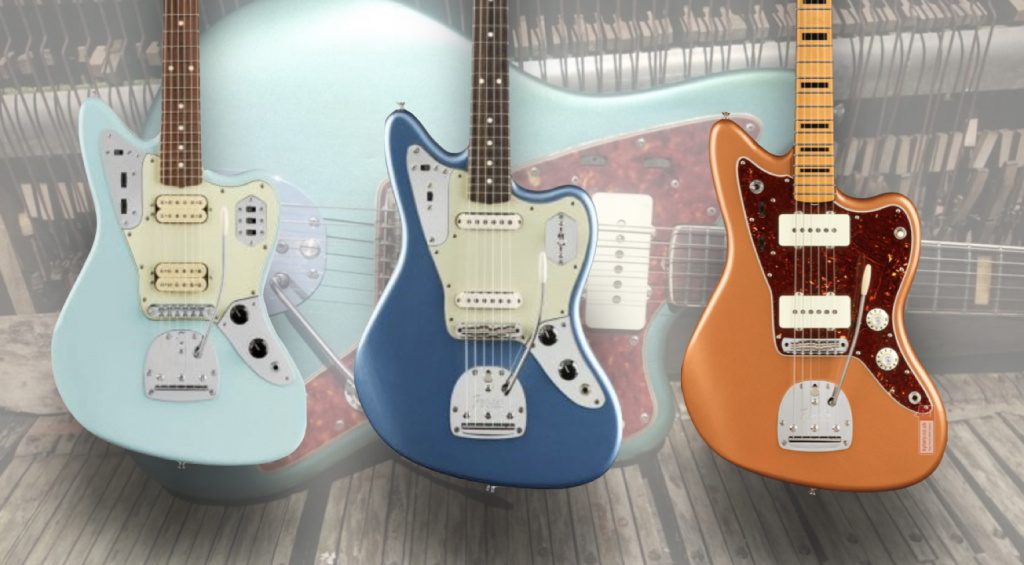
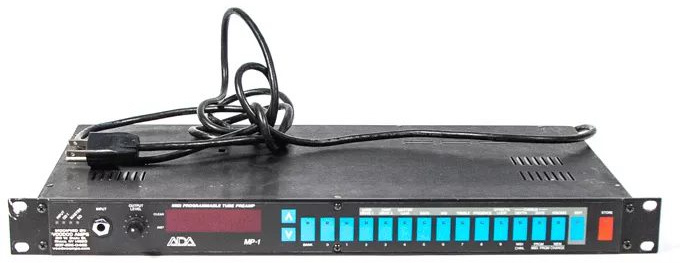

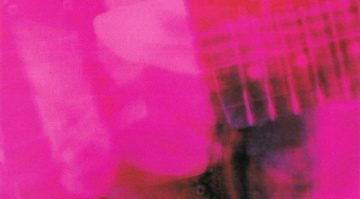

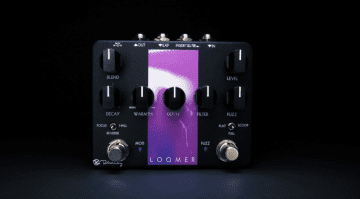
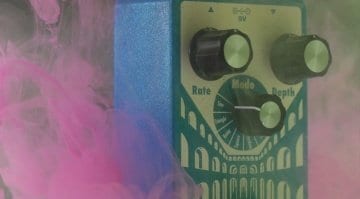
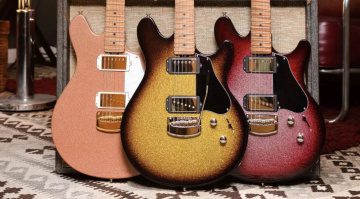


Despite the title saying “how to glide” the article is pretty light on the actual “how to” part.
Kevin had a preference for avoiding the super wide and clean, 80s stereo sound, but Loveless is nowhere near mono. A few pre-loveless MBV tracks are very close to mono though. Without going and re-listening, I believe Feed Me With You Kiss is one example and others from the era. Good thing too. It has the perfect amount of stereo. If it were true mono, I feel the “hearing new parts on every listen” aspect would be limited (and I’ve got hundreds of listens!).
The SPX90 settings look about right. The confusing part about it is the fact that it’s actually the “Early Reflections 2 reverse” setting. “Reverse Gate” is essential a factory default patch name that can be renamed when saved over a writeable patch bank. It happens to utilize the ER2 & reverse settings. Weird old digital interface!